The Oldest Origins of our Spanish Monarchy. Myth, Legend and Reality
DOI:
https://doi.org/10.51743/cih.407Keywords:
Monarchy, Institutions, Constitution, MythAbstract
In this article we address the origin of the Spanish monarchy. Thus, the monarchy that had fostered the successes of Pelayo and the first Asturian princes had much more of an autochthonous and frank imitation than of authentic continuity, and still less of a Gothic restoration. That would be a matter of later on in the ideological field, although of enormous strength as it became the authentic “myth-engine” of the ethnic group, later the Hispanic nation.
Downloads
Global Statistics ℹ️
|
460
Views
|
369
Downloads
|
|
829
Total
|
|
References
/
Downloads
Published
How to Cite
Issue
Section
License
The Fundación Universitaria Española publishing house preserves the patrimonial rights (copyright) of published works, and encourages and allows their reuse. The works are published in the electronic edition of the journal under a license “Creative Commons Atribución/Reconocimiento-NoComercial 4.0 Licencia Pública Internacional — CC BY-NC 4.0”, and can be copied, used, disseminated, transmitted and publicly exhibited, provided that : a) the authorship and original source of its publication is cited (journal, publisher and URL of the work); b) are not used for commercial purposes; c) the existence and specifications of this license of use are mentioned.
The author / s partially transfer the property rights (copyright) of this work to the Fundación Universitaria Española (Spain) (NIF: G28433670), for the printed and online editions.
It also declares to have respected the ethical principles of research and to be free from any conflict of interest.
«C.I.H.» encourages the authors and the scientific community to the maximum promotion and dissemination of the works in their final version through:
1) Your list of contacts (emails) and social networks (Facebook, Twitter, LinkedIn ...).
2) Institutional repository of your University and public repositories (Mendeley, Cosis ...).
3) Scientific social networks (ResearchGate, Academia.edu, Kudos ...).
4) Personal or institutional website, blog, etc.
5) Google Scholar, ORCID, ResearchID, ScopusID, Dimensions, PlumX ...
6) Printed copies purchased directly and sent to specialists for reading and subsequent citation if appropriate.
For the nomination of future articles by authors of "C.I.H.", the impact of previous works will be taken into account, so that those with citation higher than the annual average of the journal will be preferred.
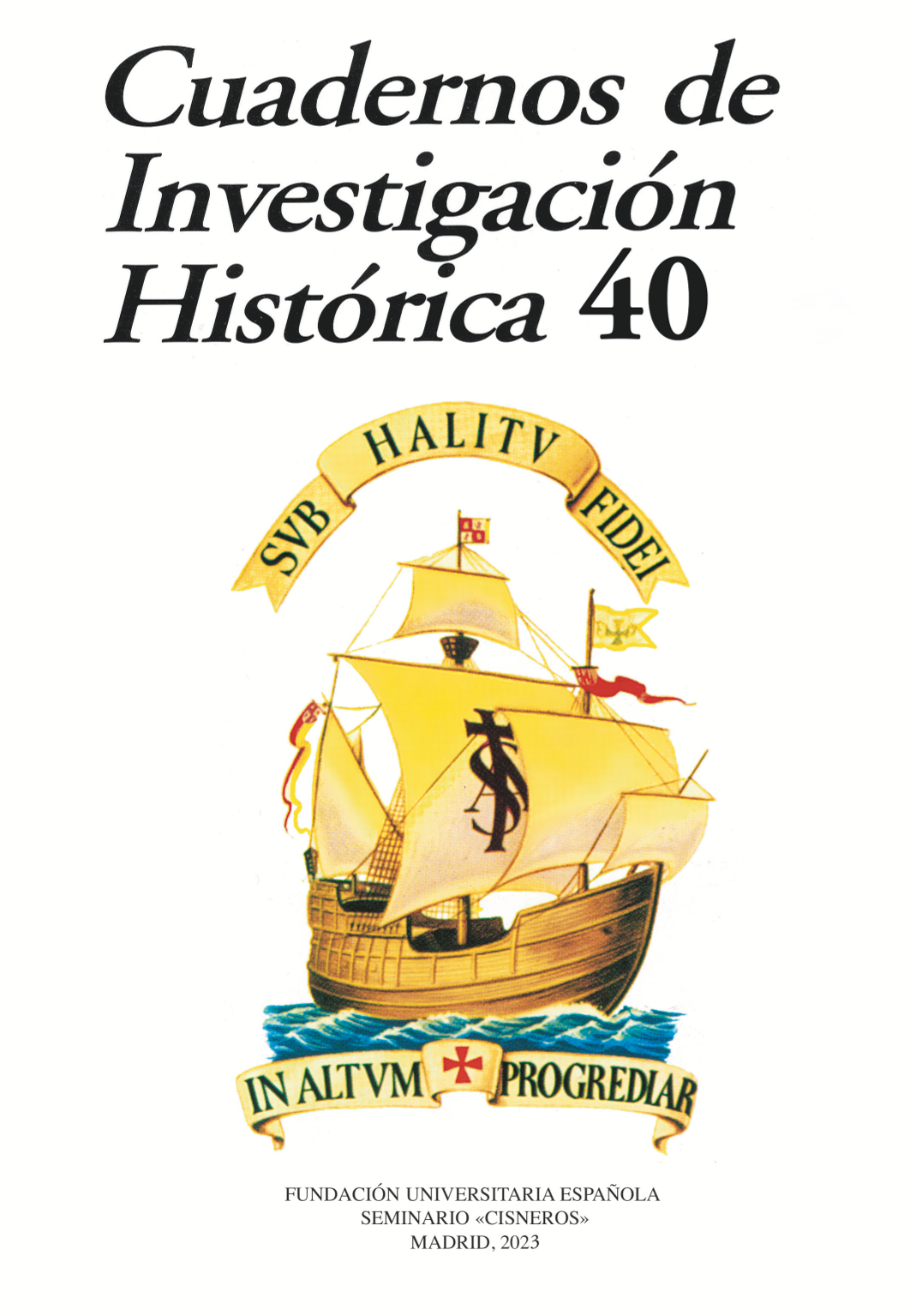





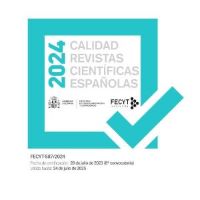




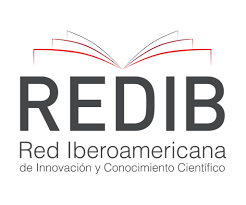
2.jpg)




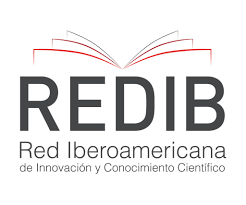







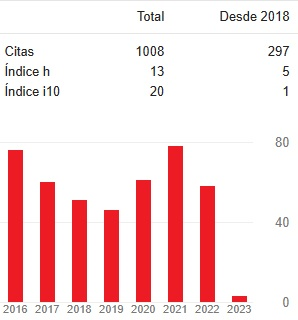



1.png)
1.png)

1.png)


.png)
.png)

.png)
1.png)
1.png)
